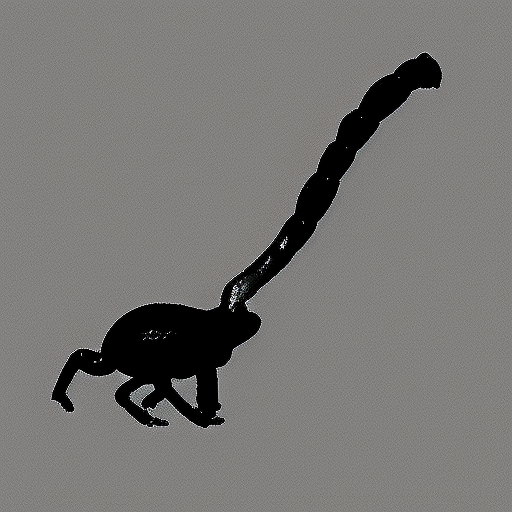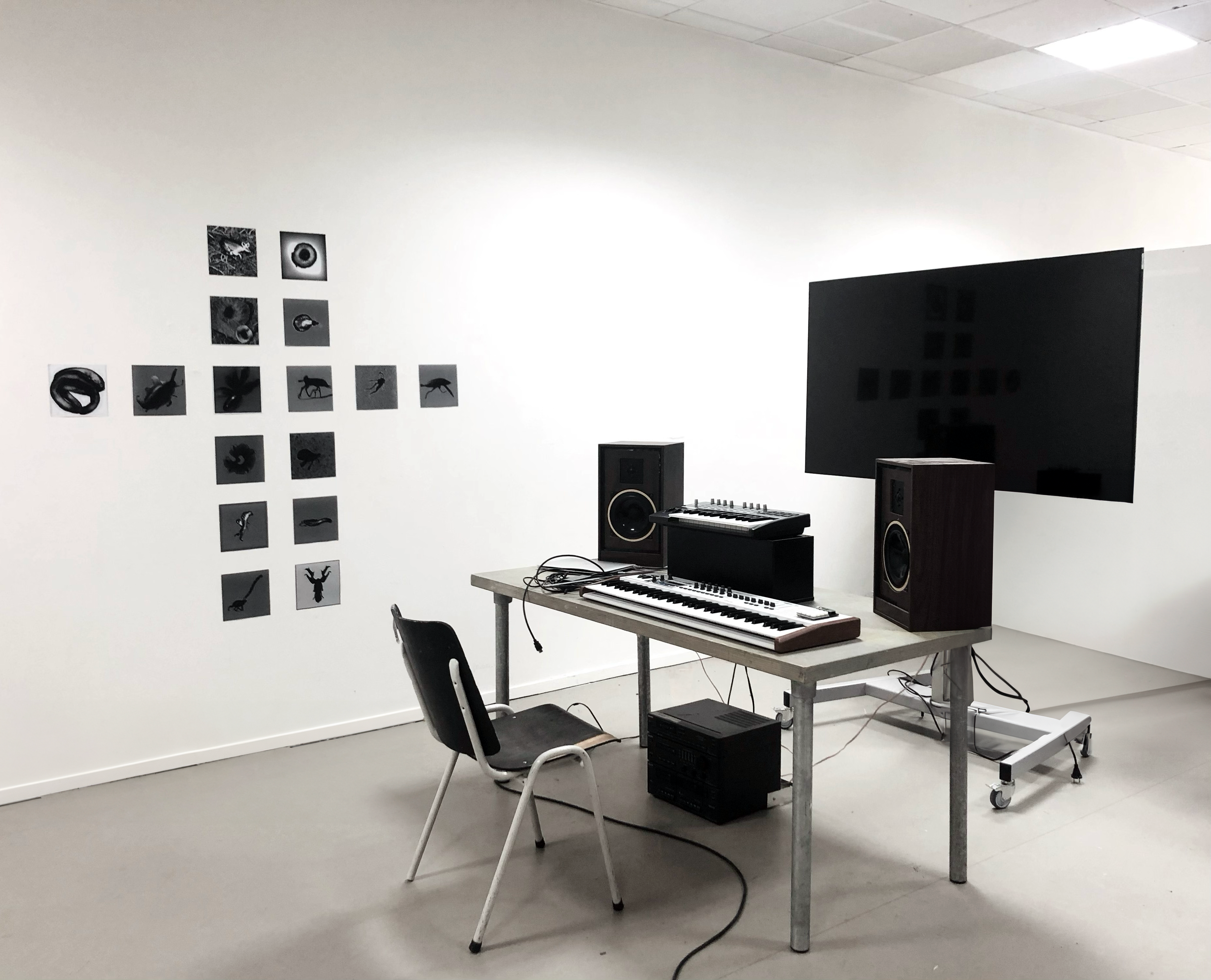New Genetic Creations
Playing God








Hox gene sequences and images of the corresponding organisms.
This project explores the use of machine learning to generate grayscale images based on the hox genes of various organisms. Hox genes are essential in controlling the body plan of animals and other eukaryotes, and their sequences exhibit patterns unique to each species. By using hox genes and corresponding images, this project aims to explore the hidden patterns that life's creation is based on.
The development of genome and gene sequencing technologies was a milestone in biology, providing unprecedented insight into the genetic material of living organisms. With this breakthrough came the promise of unlocking the secrets of life, from understanding how genes interact with each other to finding cures for many diseases. However, as we delved deeper into the genetic complexity of life, it became clear that the interplay between genes is much more intricate and convoluted than initially anticipated. Despite significant progress in identifying genes and their functions, there is still much we do not know about how these genetic building blocks work together to form complex biological systems.
For this project, Hox gene sequences were obtained from the National Center for Biotechnology Information (NCBI). The sequences were truncated to a 158-character string, as this is the maximum input for the ‘Stable Diffusion‘ model. Images of the corresponding species were selected and edited into greyscale images, which function as a 2D representation for the body of these organisms. An embedding on the pre-trained stable diffusion model version 1.5 was trained on 80 images with its corresponding DNA.
![]()
For this installation, all amino acid combinations were mapped on a 64 Midi-Keys Keyboard. When played, the DNA codons were transferred to the Stable Diffusion model, and a resulting phenotype was outputted.
The development of genome and gene sequencing technologies was a milestone in biology, providing unprecedented insight into the genetic material of living organisms. With this breakthrough came the promise of unlocking the secrets of life, from understanding how genes interact with each other to finding cures for many diseases. However, as we delved deeper into the genetic complexity of life, it became clear that the interplay between genes is much more intricate and convoluted than initially anticipated. Despite significant progress in identifying genes and their functions, there is still much we do not know about how these genetic building blocks work together to form complex biological systems.
For this project, Hox gene sequences were obtained from the National Center for Biotechnology Information (NCBI). The sequences were truncated to a 158-character string, as this is the maximum input for the ‘Stable Diffusion‘ model. Images of the corresponding species were selected and edited into greyscale images, which function as a 2D representation for the body of these organisms. An embedding on the pre-trained stable diffusion model version 1.5 was trained on 80 images with its corresponding DNA.
Playing God Installation

For this installation, all amino acid combinations were mapped on a 64 Midi-Keys Keyboard. When played, the DNA codons were transferred to the Stable Diffusion model, and a resulting phenotype was outputted.